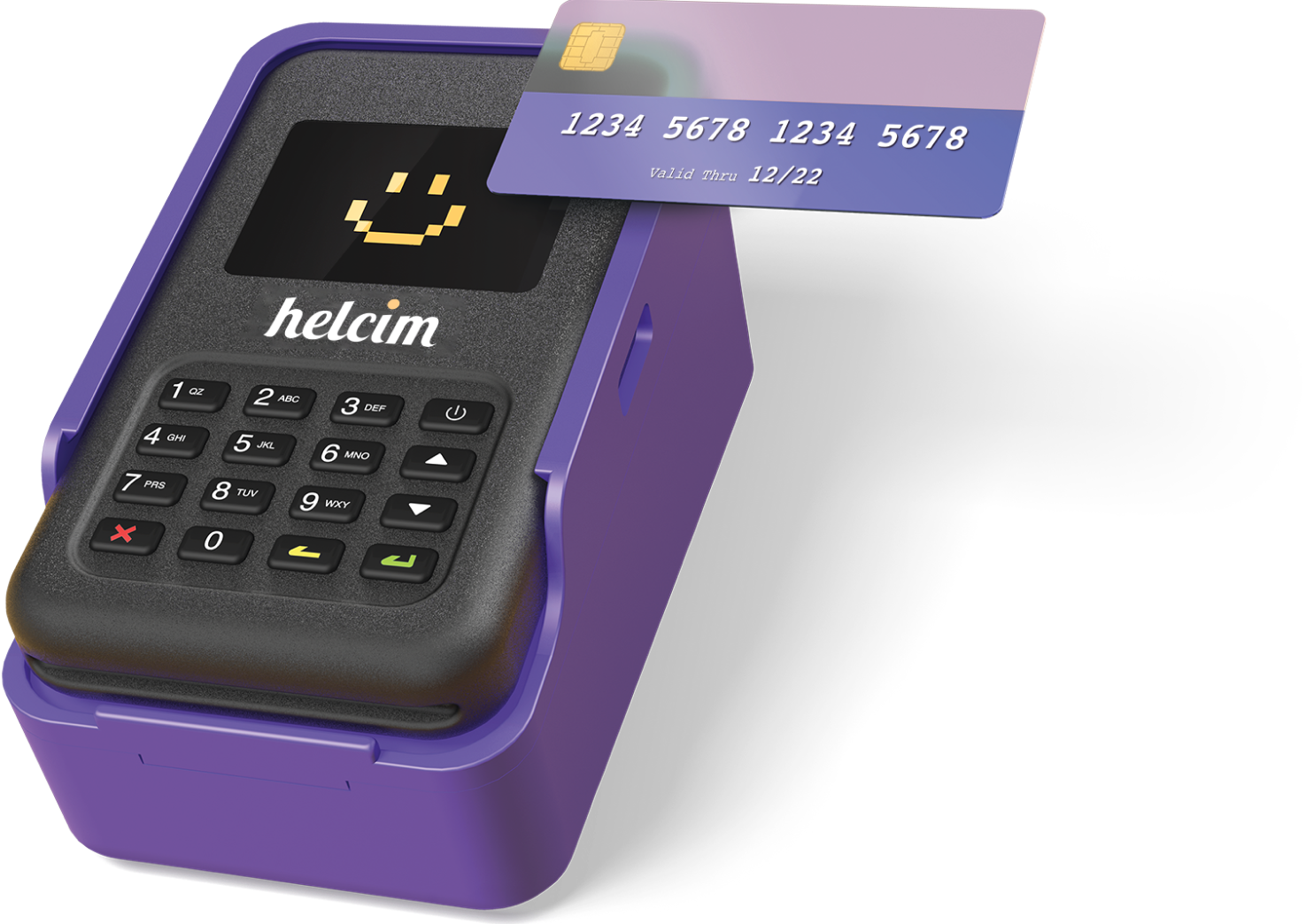Interac e-Transfer is widely popular in Canada and can be received via a mobile banking app, online banking, email or SMS text message. However, despite its popularity, newbies or people who are not tech-savvy might find the process of receiving an e-Transfer a little confusing.
With the ease at which digitalization has brought to all sectors, most organizations have incorporated carrying out all their services online, especially the banking sector. All aspects of carrying out your day-to-day transaction can now be completed online.
The list of what you can transact online is endless. So, ever wondered how you can receive e-Transfers in Canada? Well, it is a seamless process which we’ll take you through in this piece.
What do you need to receive an e transfer? All that is required is a stable internet connection, an internet-enabled gadget, and signing up with your financial service provider. Basically, you can send money, make deposits, purchase items, received money, etc.
What is an e-Transfer?
e-Transfer is a retail banking service enabled by Interac in Canada, allowing users to transfer funds between personal accounts via email and their online banking system.
e-Transfer is preferred in Canada as it is a swift and secured method of sending and receiving money. And it is available by default to all residents who use online banking services.
To successfully make an e-Transfer, you will need to answer a security question. You will also need to provide the answer to your security question to the recipient of the money.
That is, the recipient of the funds will answer the same question you answered when sending the money. So, it is advisable to notify them before sending; this way, they can access the funds once they pass the security question.
Once the money is sent, the receiver will get an email or text message notifying them of the yet-to-be-released money. For the money to be released into the receiver’s account, the receiver needs to correctly answer the security question through a secure Interac web page.
How to receive an e-Transfer in Canada
Once the sender sends the money through Interac e-Transfer, you will receive an email or text message that a transfer has been sent to you. The email or text message will carry the following information: The sender’s name, a link to deposit the transfer to your bank account and the transfer amount.
One of the swiftest ways to redeem your money after receiving it is via your financial institution’s online or mobile banking service. Follow the following steps:
- Click on the link in the notification you got, you’ll be redirected to a page with a list of banks and credit unions
- Click on your bank or credit union, you may be redirected to your mobile app if you’re on mobile or online banking if you’re using a PC
- Proceed to log in and deposit the money into the account (chequing or savings) of your choice.
- Once this is done, you’ll be required to input the answer to the sender’s security question as part of the secure login process.
- Review and confirm the information that you entered
- Select Deposit to finish the transaction
If you are having a problem clicking on the link, you can cut and paste or type the link into your browser.
Alternatively, you can set up Autodeposit on your account. Autodeposit is an Interac e-Transfer feature that allows consumers to register to have any incoming Interac eTransfer funds deposited directly into their bank account. This process does not require a security question and answer.
You can also request an e-Transfer. Follow these steps to request an Interac e-Transfer:
- Sign in to your Online Banking or App
- Select Interac e-Transfer
- Click on Request Money/Cash
- Select a contact and enter details
- Enter the amount and confirm
- Finally, Send Request
Note that there may be a fee attached to receiving money via Interac e-Transfer; this is dependant on your financial institution. You can contact your bank or credit union for more details.
Additionally, if your bank or credit union doesn’t offer Interac e-Transfer service, you cannot receive funds via this channel.
The process for receiving an e-Transfer in Canada is similar on all banking platforms whether you’re using one of the older banks like TD, Scotiabank or CIBC, or a new age bank like EQ or Tangerine.
How to transact using Interac e-Transfer
The Interac e-Transfer is a household name in Canada due to its ease of use. It features an easy user interface that allows you to follow easy-to-access and straightforward steps when making both domestic and international money transfers.
It is a safe and secured process integrated online or the mobile banking app of your financial provider. Below are steps to take to transfer money domestically:
- Download your bank’s online banking or mobile app
- Login your details
- Choose the account you’d like to end money from
- Input the recipient’s email or mobile number
- Enter the amount you’d like to send
- Answer the security question correctly
- Press send
How to decline an e-Transfer Fund
Declining the received money sent via Interac eTransfer depends on your financial institution. However, below are two ways you can go about it:
- Ignore
You can ignore the notification until the transaction expires. Usually, it takes 30 days for a transaction of this nature to expire. This option is suitable for users whose financial institution or credit union does not offer the decline feature in their system.
- Decline
You can decline to receive the money on your bank app or online if your bank or credit union has an option for it.
Click on the deposit link retrieved from the email or text message, choose your bank or credit union to deposit the money, and then log in to your financial institution’s mobile/online banking portal.
Answer the security question and select decline. Once declined, you’ll have the option to send a message to the sender.







